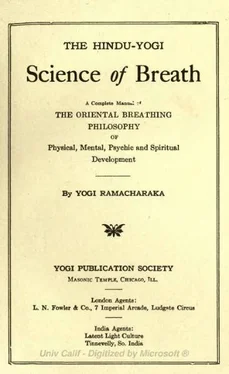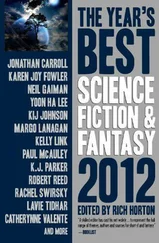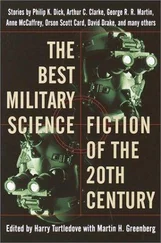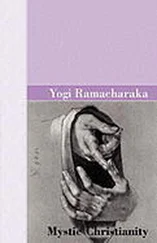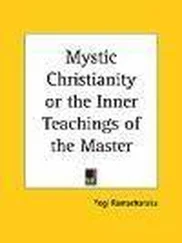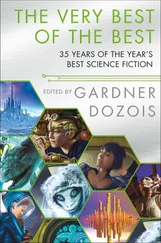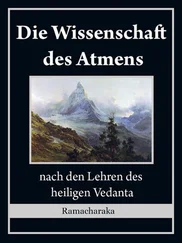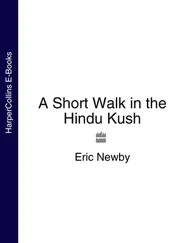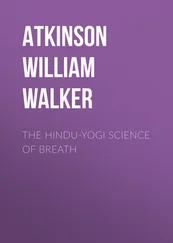It will be seen that unless fresh air in sufficient quantities reaches the lungs, the foul stream of venous blood cannot be purified, and consequently not only is the body thus robbed of nourishment, but the waste products which should have been destroyed are returned to the circulation and poison the system, and death ensues. Impure air acts in the same way, only in a lessened degree. It will also be seen that if one does not breathe in a sufficient quantity of air, the work of the blood cannot go on properly, and the result is that the body is insufficiently nourished and disease ensues, or a state of imperfect health is experienced. The blood of one who breathes improperly is, of course, of a bluish, dark color, lacking the rich redness of pure arterial blood. This often shows itself in a poor complexion. Proper breathing, and a consequent good circulation, results in a clear, bright complexion.
A little reflection will show the vital importance of correct breathing. If the blood is not fully purified by the regenerative process of the lungs, it returns to the arteries in an abnormal state, insufficiently purified and imperfectly cleansed of the impurities which it took up on its return journey. These impurities if returned to the system will certainly manifest in some form of disease, either in a form of blood disease or some disease resulting from impaired functioning of some insufficiently nourished organ or tissue.
The blood, when properly exposed to the air in the lungs, not only has its impurities consumed, and parts with its noxious carbonic acid gas, but it also takes up and absorbs a certain quantity of oxygen which it carries to all parts of the body, where it is needed in order that Nature may perform her processes properly. When the oxygen comes in contact with the blood, it unites with the hemoglobin of the blood and is carried to every cell, tissue, muscle and organ, which it invigorates and strengthens, replacing the worn out cells and tissue by new materials which Nature converts to her use. Arterial blood, properly exposed to the air, contains about 25 per cent of free oxygen.
Not only is every part vitalized by the oxygen, but the act of digestion depends materially upon a certain amount of oxygenation of the food, and this can be accomplished only by the oxygen in the blood coming in contact with the food and producing a certain form of combustion. It is therefore necessary that a proper supply of oxygen be taken through the lungs. This accounts for the fact that weak lungs and poor digestion are so often found together. To grasp the full significance of this statement, one must remember that the entire body receives nourishment from the food assimilated, and that imperfect assimilation always means an imperfectly nourished body. Even the lungs themselves depend upon the same source for nourishment, and if through imperfect breathing the assimilation becomes imperfect, and the lungs in turn become weakened, they are rendered still less able to perform their work properly, and so in turn the body becomes further weakened. Every particle of food and drink must be oxygenated before it can yield us the proper nourishment, and before the waste products of the system can be reduced to the proper condition to be eliminated from the system. Lack of sufficient oxygen means Imperfect nutrition, Imperfect elimination and imperfect health. Verily, "breath is life."
The combustion arising from the change in the waste products generates heat and equalizes the temperature of the body. Good breathers are not apt to "take cold," and they generally have plenty of good warm blood which enables them to resist the changes in the outer temperature.
In addition to the above-mentioned important processes the act of breathing gives exercise to the internal organs and muscles, which feature is generally overlooked by the Western writers on the subject, but which the Yogis fully appreciate.
In imperfect or shallow breathing, only a portion of the lung cells are brought into play, and a great portion of the lung capacity is lost, the system suffering in proportion to the amount of under-oxygenation. The lower animals, in their native state, breathe naturally, and primitive man undoubtedly did the same. The abnormal manner of living adopted by civilized man-the shadow that follows upon civilization-has robbed us of our natural habit of breathing, and the race has greatly suffered thereby. Man's only physical salvation is to "get back to Nature."
CHAPTER IV. THE ESOTERIC THEORY OF BREATH.
The Science of Breath, like many other teachings, has its esoteric or inner phase, as well as its exoteric or external. The physiological phase may be termed the outer or exoteric side of the subject, and the phase which we will now consider may be termed its esoteric or inner side. Occultists, in all ages and lands, have always taught, usually secretly to a few followers, that there was to be found in the air a substance or principle from which all activity, vitality and life was derived. They differed in their terms and names for this force, as well as in the details of the theory, but the main principle is to be found in all occult teachings and philosophies, and has for centuries formed a portion of the teachings of the Oriental Yogis.
In order to avoid misconceptions arising from the various theories regarding this great principle, which theories are usually attached to some name given the principle, we, in this work, will speak of the principle as "Prana," this word being the Sanskrit term meaning "Absolute Energy." Many occult authorities teach that the principle which the Hindus term "Prana" is the universal principle of energy or force, and that all energy or force is derived from that principle, or, rather, is a particular form of manifestation of that principle. These theories do not concern us in the consideration of the subject matter of this work, and we will therefore confine ourselves to an understanding of prana as the principle of energy exhibited in all living things, which distinguishes them from a lifeless thing. We may consider it as the active principle of life-Vital Force, if you please. It is found in all forms of life, from the amoeba to man-from the most elementary form of plant life to the highest form of animal life. Prana is all pervading. It is found in all things having life, and as the occult philosophy teaches that life is in all things-in every atom-the apparent lifelessness of some things being only a lesser degree of manifestation, we may understand their teachings that prana is everywhere, in everything. Prana must not be confounded with the Ego-that bit of Divine Spirit in every soul, around which clusters matter and energy. Prana is merely a form of energy used by the Ego in its material manifestation. When the Ego leaves the body, the prana, being no longer under its control, responds only to the orders of the individual atoms, or groups of atoms, forming the body, and as the body disintegrates and is resolved to its original elements, each atom takes with it sufficient prana to enable it to form new combinations, the unused prana returning to the great universal storehouse from which it came. With the Ego in control, cohesion exists and the atoms are held together by the Will of the Ego.
Prana is the name by which we designate a universal principle, which principle is the essence of all motion, force or energy, whether manifested in gravitation, electricity, the revolution of the planets, and all forms of life, from the highest to the lowest. It may be called the soul of Force and Energy in all their forms, and that principle which, operating in a certain way, causes that form of activity which accompanies Life.
This great principle is in all forms of matter, and yet it is not matter. It is in the air, but it is not the air nor one of its chemical constituents. Animal and plant life breathe it in with the air, and yet if the air contained it not they would die even though they might be filled with air. It is taken up by the system along with the oxygen, and yet is not the oxygen. The Hebrew writer of the book of Genesis knew the difference between the atmospheric air and the mysterious and potent principle contained within it. He speaks of neshemet ruach chayim, which, translated, means "the breath of the spirit of life." In the Hebrew neshemet means the ordinary breath of atmospheric air, and chayim means life or lives, while the word ruach means the "spirit of life," which occultists claim is the same principle which we speak of as Prana.
Читать дальше
